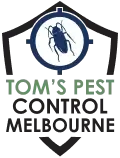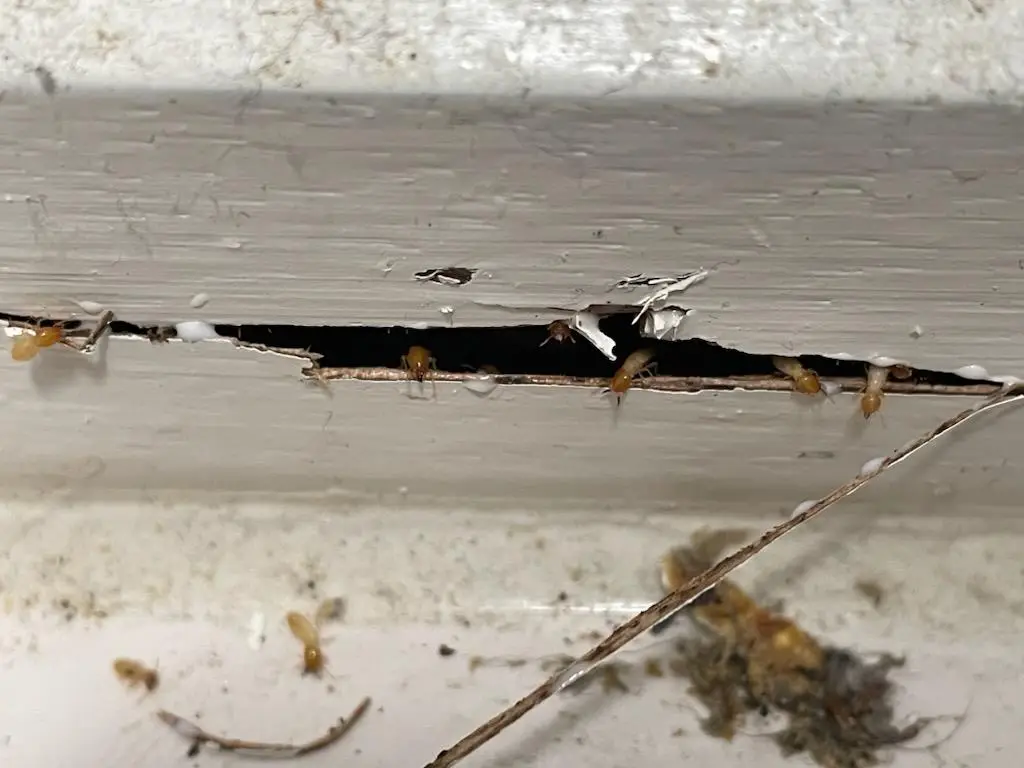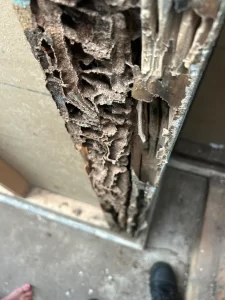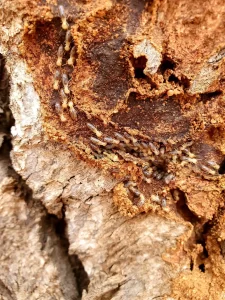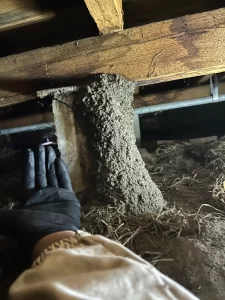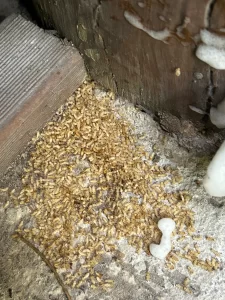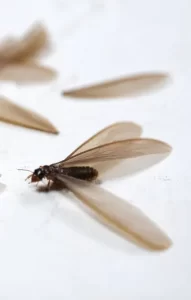Detecting Termites Early: A Guide to Protecting Your Home
Termites can be among the most awful things to find in your house as a homeowner. Generally, when you see some discarded wings or fly termites appear, these pests have already invaded your territory. Therefore, how do you recognise the early indicators of termites so that you do not become a victim of widespread damage?
Australia has more than 350 termite species, but luckily enough, only five frequently destroy Melbourne’s houses. Although essential in the environmental system, they can disturb and destroy your house simultaneously.
Termites are species that live below the surface, which makes it difficult to spot them. However, a few signs may help you catch termite infestation in its early stages. What to look for is very important, and this guide is designed to help you find out how you can identify these pests at an early stage. If you notice any of these signs, you must consult with specialised personnel for complete termite inspection and possibly removal service.
5 Early Warning Signs of Termites in and Around Your Home
- Mud Tubes: Termites build mud tubes to travel between their nest and food sources. These tubes are often found on walls, foundations, or crawl spaces.
- Discarded Wings: When termites swarm, they lose their wings. These cast-off wings found near windowsills or entrances could signify a pest present.
- Hollow Wood: Eating up wood from the inside out, leaving it hollow. Taping on wooden surfaces and hearing a hollow sound can signify termite damage.
- Frass (Termite Droppings): Drywood termites leave small, spherical faecal pellets near infested wood.
- Swollen Floors or Ceilings: Wood-consuming termites can cause structural damage, resulting in warped or swollen ceilings and floors.
Swollen Floors or Ceilings
Humidity is essential for termite thriving. In tunnels, worker termites can maintain about 100% relative humidity from decaying timber, leaking pipes, or even the termites’ activities. This wet environment increases the chances of termite infestation and may worsen problems. The combined effect of moisture and termite feeding can cause swelling and bending of floorboards and doors. In such instances, you should not hesitate to contact pest control specialists for examination of termites.
Crunching Underfoot (Hollow Wood)
When you step on it, a noise like a crunching sound could be an early warning sign of termites, not to be confused with old floorboards’ creaky sounds. The worms eat through wood, forming tunnels, often releasing crunching sounds at work. In addition, they may also produce sharp clicking sounds, which are interactions among them. The insects may be busy devouring your wooden floors or structures if these sounds are heard.
Termite ‘Mudding’
To maintain the desired moisture levels in their nests, termites build mud tunnels, which they often stuff with mud in vacant spaces in wood or plaster joints. Usually sited on outside surfaces, these channels allow them to walk easily from one place to another. Unlike other indicators, mud channels are usually more conspicuous and may tell you if there is indeed a termite infestation in your home. When you see these, you require professional solutions for the extermination of termites.
Discarded Wings
Termites frequently cluster together to search for a partner or create new settlements. Once they have landed, they drop their wings, usually discovered near light sources or windows. These discarded wings indicate that termites exist and cohabitate in your house, probably under the flooring or behind the walls. If you see these wings in your house, you must act immediately since such wings indicate the possibility of a nearby colony.
Flying Insects
The most apparent sign of a termite infestation is seeing the insects themselves. Depending on the region, they can appear differently, but Coptotermes is the most common species in Victoria, which has brown mandibles that protrude and are between 3.5 and 6.5mm long. Another termites common speciestermites common species is Nasutitermes, whose orange bodies have blackheads and are often found near outdoor wooden furniture.
The flying termites are most likely seen on warm spring evenings during mating season. If you observe these insects flying in and out of your house, it means they are making a nest, so as soon as possible, one needs to take action against them by calling an expert.
Early Warning Signs of Termites To Be Aware Of:
Detecting the early signs of termites can help avoid huge costs and stress. In Australia, it was estimated that in 2012, termite destruction caused every dwelling to cost an average of $10,000 in repairs. Hence, keep an eye out for termites to avoid incurring these expenses.
Don’t let any signs of termites—quickly call Tom’s Pest Control Melbourne so we can immediately devise an effective treatment plan. After more than two decades in this business, we are known as reliable experts committed to maintaining homes in Melbourne safe using our professional knowledge and methodologies.
Get free quotes in minutes
Get quotes from our qualified and licensed tradies Melbourne-wide.
Get free quotes in minutes
Get quotes from our qualified and licensed tradies Melbourne-wide.
